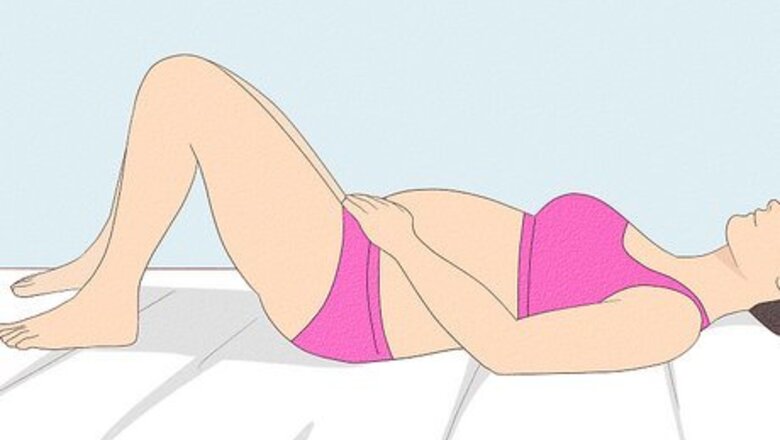
views
- To feel your uterus, first lay down on a flat surface and find your pubic bone (the bone right above your pubic hairline).
- Then, use the tips of your fingers to gently press on the skin between your pubic bones. The uterus will feel round and firm.
- This technique works best if you’re over 12 weeks pregnant, but keep in mind that the farther along you are, the higher your uterus will be.
Finding Your Uterus During Pregnancy
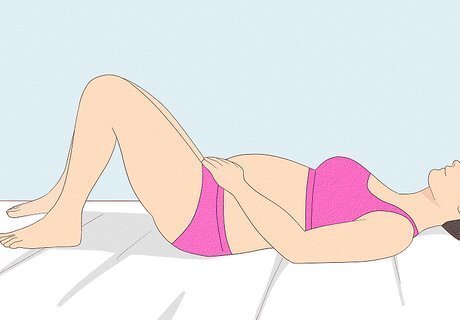
Lie down on your back. You can locate your uterus more easily if you’re flat on your back. Lay down on your bed, sofa, or wherever you feel most comfortable. Place your feet flat on the floor with your knees bent. Then, take a few deep breaths to help yourself relax. Go to the bathroom before lying down, as a full bladder can make finding your uterus harder. Doctors generally advise not to lie on your back too much after about 20 weeks of pregnancy, as the weight of the uterus can compress blood vessels and restrict blood flow to you and your baby. Only stay in this position for a few minutes, and sit up or roll onto your side if you start to feel dizzy, breathless, or nauseated.
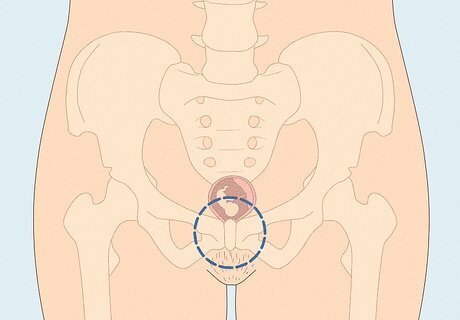
Locate your pubic bone. Finding your pubic bone or pubis can help you get a sense of where you’ll feel your uterus. The pubic bone is directly above your pubic hairline and is the most protruding bone in your pelvis. Generally, it’ll feel like a hard rounded point under your pubic area. Your uterus is located behind or slightly above your pubic bone in the early stages of pregnancy. In early pregnancy, your uterus will still be behind or under your pubic bones, making it difficult or impossible to feel; however, the top of the uterus will gradually get higher in your belly as the pregnancy progresses.
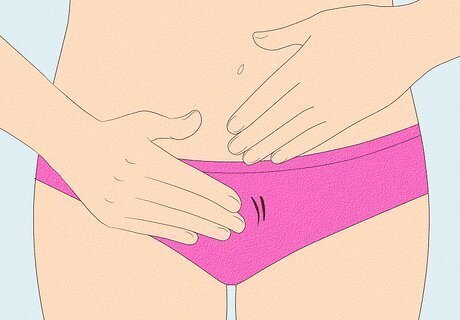
Press your fingertips gently against your stomach. Begin moving your fingertips slowly and carefully around your abdomen. Use your left palm to push any skin and fat away from your pubic bone. Then, while supporting your stomach with your left hand, use your right hand to carefully press your fingers above your pubic bone. Gently rock your fingers back in forth until you feel a round firm ball. This is your uterus. The top of the uterus is called the fundus, and it can feel like a firm ball inside your belly. This technique works best if you’re at least 12 weeks pregnant, as this is when the uterus fills the pelvis and moves up toward the abdomen. At 12 weeks, your uterus is roughly the size of a grapefruit.
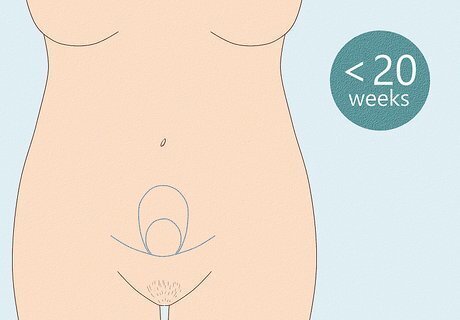
Feel your belly below your navel if you’re under 20 weeks pregnant. Your navel is commonly referred to as your belly button. Before you’re 20 weeks, your uterus will be beneath your navel. Place your hands on your belly right below the belly button to feel the uterus. There may also be a slight or noticeable bulge. The first day of your last menstrual period is considered the start of your pregnancy. Count from that date to figure out how far along you are. During your second trimester, your uterus will grow to be the size of a papaya.
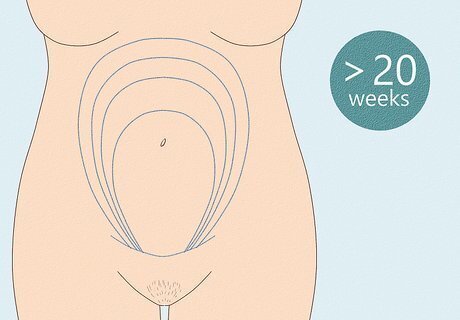
Find your uterus above your navel if you’re 21 weeks (or more) pregnant. When you’re further along in your pregnancy, the uterus moves above your naval. Place your hands on your abdomen just above your belly button to find it. During your third trimester, your uterus will be the size of a watermelon, so you’ll have an easier time feeling it.
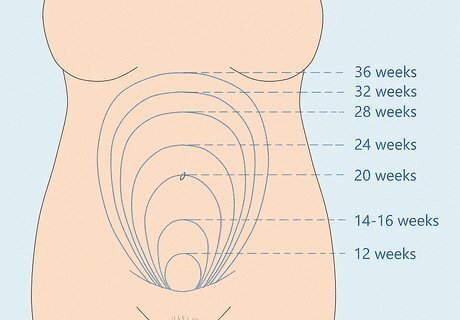
Measure the size of your uterus to determine how far along you are. With the help of your doctor, you can use this massaging technique to determine how many weeks pregnant you are. This is called fundal height. Using centimeters, measure the distance between your pubic bone and the top of your uterus. The number on the measuring tape should correspond with the progression of your pregnancy. For example, if the distance is 22 centimetres (8.7 in), you’re likely 22 weeks along. If the numbers don't match up, this may be because your original due date is inaccurate, the baby is bigger or smaller than expected, or there’s an unusually large or small amount of amniotic fluid. If you get an unexpected number when you measure your uterus, try not to worry. Your doctor can perform an ultrasound or other tests to figure out what’s going on.
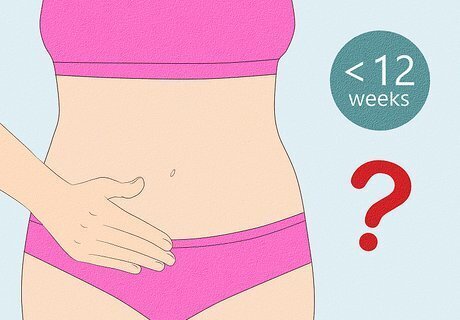
Understand that having a hard time feeling your uterus is normal. If you’re struggling to find your uterus, take a deep breath. There are many reasons why this may be the case. For instance: It may be too early in the pregnancy. If you’re less than 12 weeks pregnant, the uterus may still be hidden behind your pubic bones. This is your first pregnancy. If this is your first baby, your abdominal muscles may be tight around your uterus, making it more difficult to feel. You’re overweight. If you have extra fat around your abdomen, it may make it harder to find the uterus.
When to Seek Medical Attention
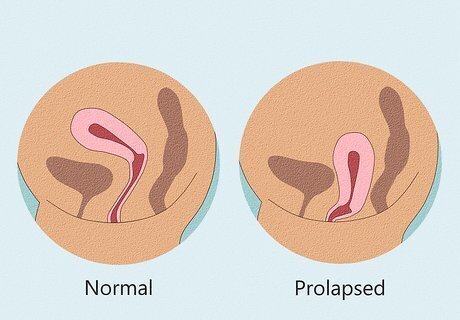
Call your gynecologist if you think you have a prolapsed uterus. Uterine prolapse happens when the pelvic floor muscles weaken and can’t hold the uterus in place. This typically occurs in postmenopausal people and those who've had more than one vaginal delivery. If your uterus is prolapsed, you might feel like it is falling out of your vagina. Contact your gynecologist as soon as possible. Other symptoms include: A sensation of heaviness in your pelvis Tissue sticking out of your vagina Trouble urinating or having bowel movements A feeling of looseness or lack of muscle tone in your vagina during sex
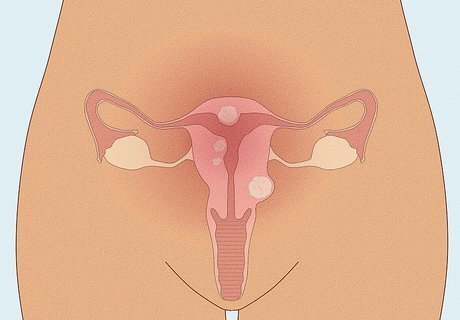
Watch for symptoms of uterine fibroids, such as pelvic pressure or pain. Fibroids are benign growths that often develop in the uterus during childbearing years. Fibroids don’t always have symptoms, but sometimes you’ll feel pressure or pain in your pelvis or become constipated. Experiencing heavy periods or bleeding between periods is also a possibility. Contact your gynecologist if you have any of these symptoms.
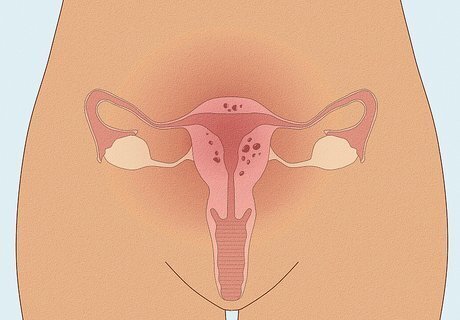
Be aware of signs of adenomyosis, like heavy or painful periods. Endometrial tissue typically lines the uterine wall, but with adenomyosis, the tissue grows into the muscular wall of the uterus. This condition typically clears up on its own after menopause. Contact your gynecologist if you experience symptoms such as: Severe cramping or knife-like pain in your uterus or pelvis during your period Blood clots or unusually heavy or prolonged bleeding during your period Pain during sex Persistent pelvic pain, even when you’re not having your period




















Comments
0 comment